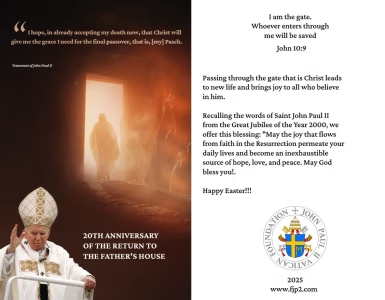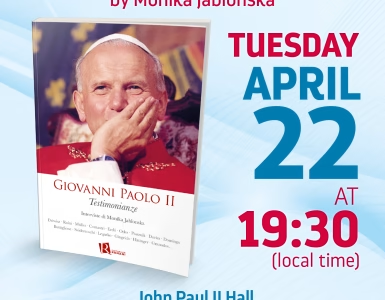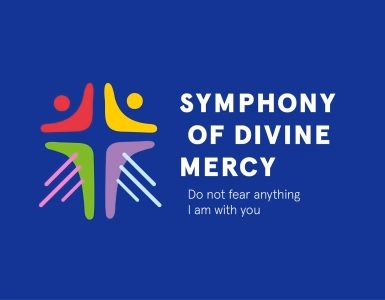In Saint Philip, to whom the Holy Spirit gave a “heart of fire” on the eve of Pentecost in 1544, one can see an allegory of great and divine transformations made in prayer. A fruitful and reliable program of formation for joy, our Saint teaches, draws strength and support from the harmonious configuration of the choices made: constant prayer, frequent reception of the Eucharist, rediscovery and appreciation of the Sacrament of Reconciliation, familiarity and daily contact with the Word of God, the practice of fruitful fraternal love and service, and then devotion to the Mother of God, who is the model and true cause of our joy. How could one forget his wise and evocative admonition? “My sons, be worshippers of Mary: I know what I am talking about! Be worshippers of Mary.”
Described by autonomization as a “joyful saint,” St. Philip should also be recognized as an “apostle of Rome” and even as a “reformer of the eternal City.” He became such a saint through the natural evolution and the maturation of choices made under the inspiration of Grace. He was truly the light and salt of Rome, according to the words of the Gospel (cf. Matthew 5:13-16). He was able to be a “light” in this culture, certainly wonderful, but often only because of false lights that were on a verge of paganism. In such a social context, Philip remained obedient to authority, very faithful to the deposit of truth, fearless in proclaiming the Christian message. And, that’s why he was a source of light for everyone. He did not choose to live alone, but in carrying out his ministry among the people, he also decided to be “salt” for all those who met him. Like Jesus, he was able to stoop to human misery swamping both the noble palaces and the alleys of Renaissance Rome. He was, depending on the circumstances, a Symon of Cyrene and a conscience, an inspired counselor and a smiling master. That is why it was not so much he who adapted to Rome but Rome adapted to him! For sixty years he lived in this city, which at that time was populated with saints.
From the Vatican, October 7, 1994
John Paul II





